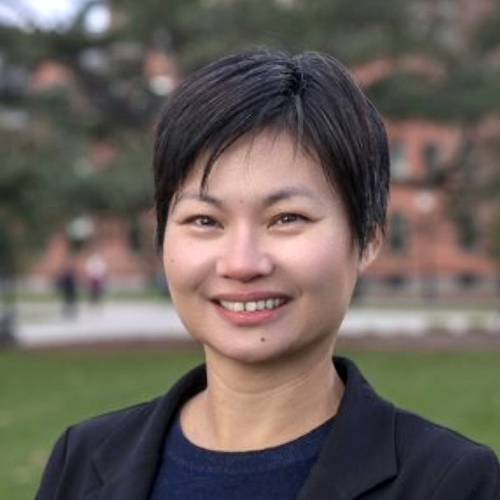About This Webinar
Raman spectroscopy is a powerful analytical technique that enables the quick and non-destructive identification of chemical signatures of a sample analyte. With the added capability of integrating with nanotechnology for enhanced performance, such as surface-enhanced Raman spectroscopy (SERS), this technique has been extensively applied in food analysis for the detection of food components, additives, and contaminants.
He discusses the use of Raman spectroscopy for differentiating antioxidant isomers, quantifying mixture components, characterizing chemical responses to thermal processing, and measuring the chemical distribution in encapsulation.
Additionally, two innovative SERS substrates introduced, the nanoparticle mirror and the SERS needle. The nanoparticle mirror substrate can be utilized as a coating for surface pesticide analysis, while the SERS needle offers the ability for volatile spoilage marker detection in package headspace, multiphase detection, and minimally invasive analysis.
*** This presentation premiered during the
2023 Photonics Spectra Spectroscopy Conference. For more information on Photonics Media conferences, visit
events.photonics.com.
About the presenter

Lili He, Ph.D., is a professor of food science at the University of Massachusetts, Amherst. She received her bachelor's degree and master’s degree from Zhejiang University in China and her doctorate from the University of Missouri-Columbia in 2009. After her postdoctoral training at the University of Minnesota, in 2012, she joined the faculty in the Food Science Department at UMass Amherst.
He’s major research focus is to develop and apply advanced and innovative analytical techniques for food and contaminants analysis. She has published over 150 papers and in 2020, she established the Raman, IR, and XRF Core Facility at the university, providing analytical services to academics and industries.